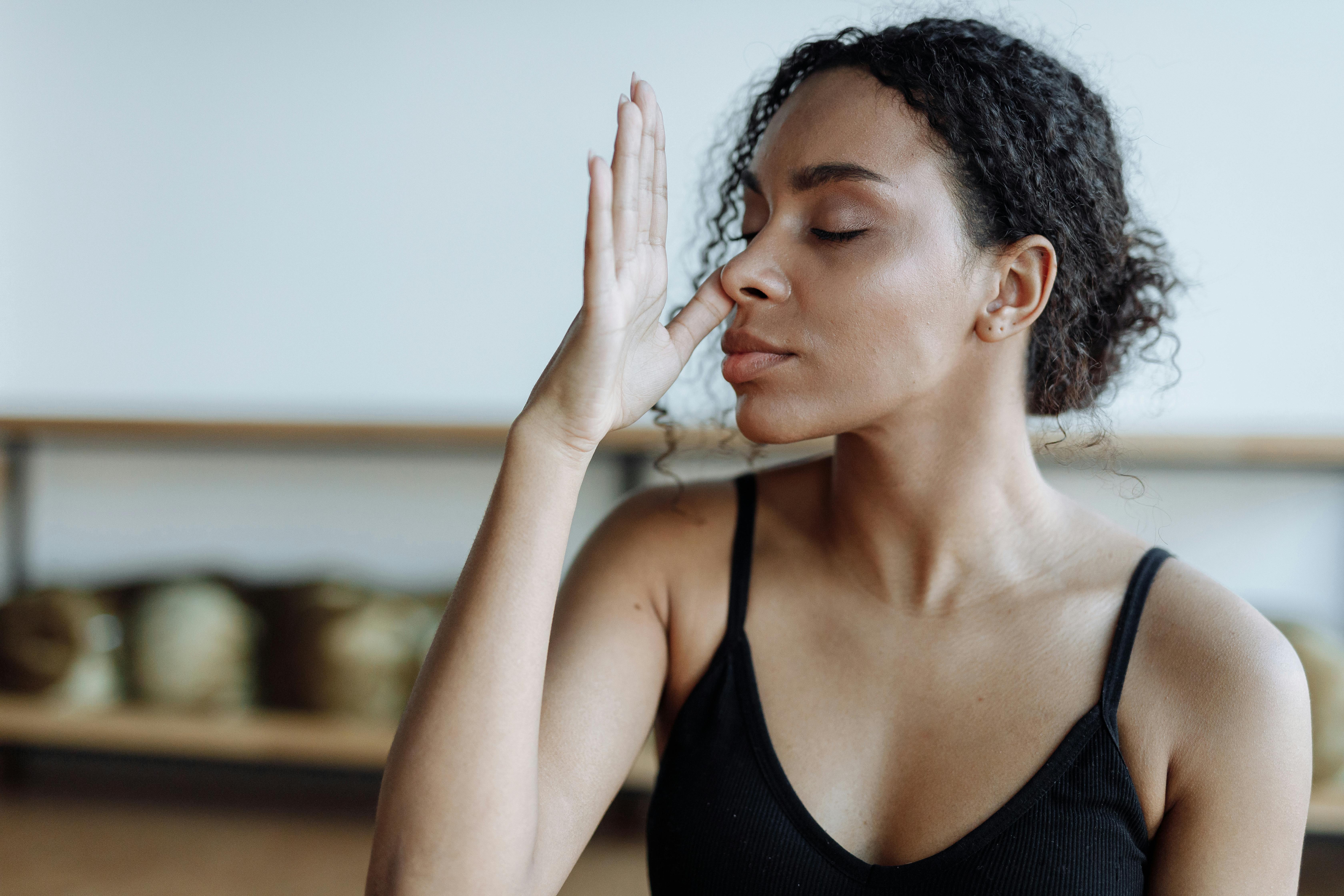Simple breathing and movement techniques to lower daily stress
Daily stress accumulates in small moments: traffic, deadlines, household tasks, and emotional load. Simple breathing and movement techniques can interrupt tension, restore focus, and improve recovery when practiced regularly. This article outlines practical, evidence-informed approaches you can use throughout the day to build resilience and balance.

This article is for informational purposes only and should not be considered medical advice. Please consult a qualified healthcare professional for personalized guidance and treatment.
Breathing for stress and focus
Start with a short, measurable breathing practice that calms the nervous system and enhances focus. Try 4-4-6 breathing: inhale for four counts, hold for four, exhale for six. Do this for two to five minutes when stress spikes; the longer exhale recruits the parasympathetic response and reduces acute tension. Another option is box breathing (four counts in, four holds, four out, four holds), which can be done seated at your desk and helps reset attention without equipment.
A focused breathing practice also supports emotional regulation. When practiced consistently it becomes a habit that links breath to calmer emotional states, improving resilience over time. Keep posture open—shoulders relaxed, spine neutral—to allow full diaphragmatic breaths that benefit both focus and recovery.
Movement, recovery, and sleep
Short bouts of movement spread through the day help clear stress hormones and improve sleep quality. Aim for micro-sessions: two to five minutes of gentle stretching, a brisk walk around the block, or standing calf raises every hour. These breaks support circulation, reduce stiffness, and signal your brain to transition from hypervigilance to recovery modes.
In the evening, prioritize gentle mobility and relaxation-focused movement like restorative yoga or slow tai chi to prepare the body for sleep. Consistent daytime movement combined with a calming evening routine can make sleep more restorative, improving next-day focus and reducing emotional reactivity.
Habits, routine, and resilience
Stress management is often less about one-off techniques and more about reliable routines. Build a daily structure that pairs breathing practices with brief movement: for example, morning breathing to set intentions, midday movement to break monotony, and evening breath work to wind down. Small, repeatable habits strengthen resilience by creating predictable cues that reduce decision fatigue.
Use simple prompts—an alarm, a sticky note, or a pairing habit (drink water then breathe for one minute)—to turn techniques into routines. Over weeks these habits compound, improving your baseline ability to handle stress and maintain balance amid competing demands.
Nutrition, hydration, and emotion
What you eat and drink influences stress response and mood. Hydration supports cognitive performance and recovery; when dehydration occurs, irritability and concentration problems can rise. Aim to hydrate regularly and include nutrient-dense meals that stabilize blood sugar, such as combinations of protein, healthy fats, and fiber-rich carbohydrates.
Pay attention to how certain foods and caffeine affect your emotion and sleep. Instead of strict rules, track patterns for a week: note meals, hydration, and mood to identify triggers. Adjusting nutrition and hydration is part of a larger selfcare system that supports both breath-based practices and physical movement.
Mindfulness, balance, and community
Integrating mindfulness with breathing and movement enhances their effect. A brief body scan after a breathing set increases interoceptive awareness—recognizing tension before it escalates. Group activities, whether a walking group or a local class, add social support that bolsters emotional recovery and motivation.
Community ties can make daily routines stickier and provide normative encouragement for selfcare habits. If local services or classes are part of your plan, look for options that emphasize gradual progress and accessible practices, so movement and breathing become sustainable parts of life rather than additional obligations.
Practical daily routine templates
Create short, repeatable templates to lower barriers to practice. Example: morning (3–5 minutes breathing + 5 minutes gentle movement), mid-afternoon (2 minutes breathing after work block + 5-minute walk), evening (5 minutes breath-focused body scan + light stretching). Adjust timings to fit your schedule; consistency matters more than duration.
Small changes in how you breathe, move, eat, and connect help form a resilient foundation. Over time these combined practices promote better focus, improved recovery after stress, more balanced emotions, and steadier sleep.
Conclusion
Simple, portable breathing and movement techniques are tools you can use across the day to reduce stress and build resilience. When combined with reasonable nutrition, hydration, consistent habits, and community support, these practices contribute to balanced emotional and physical recovery without requiring large time commitments.





